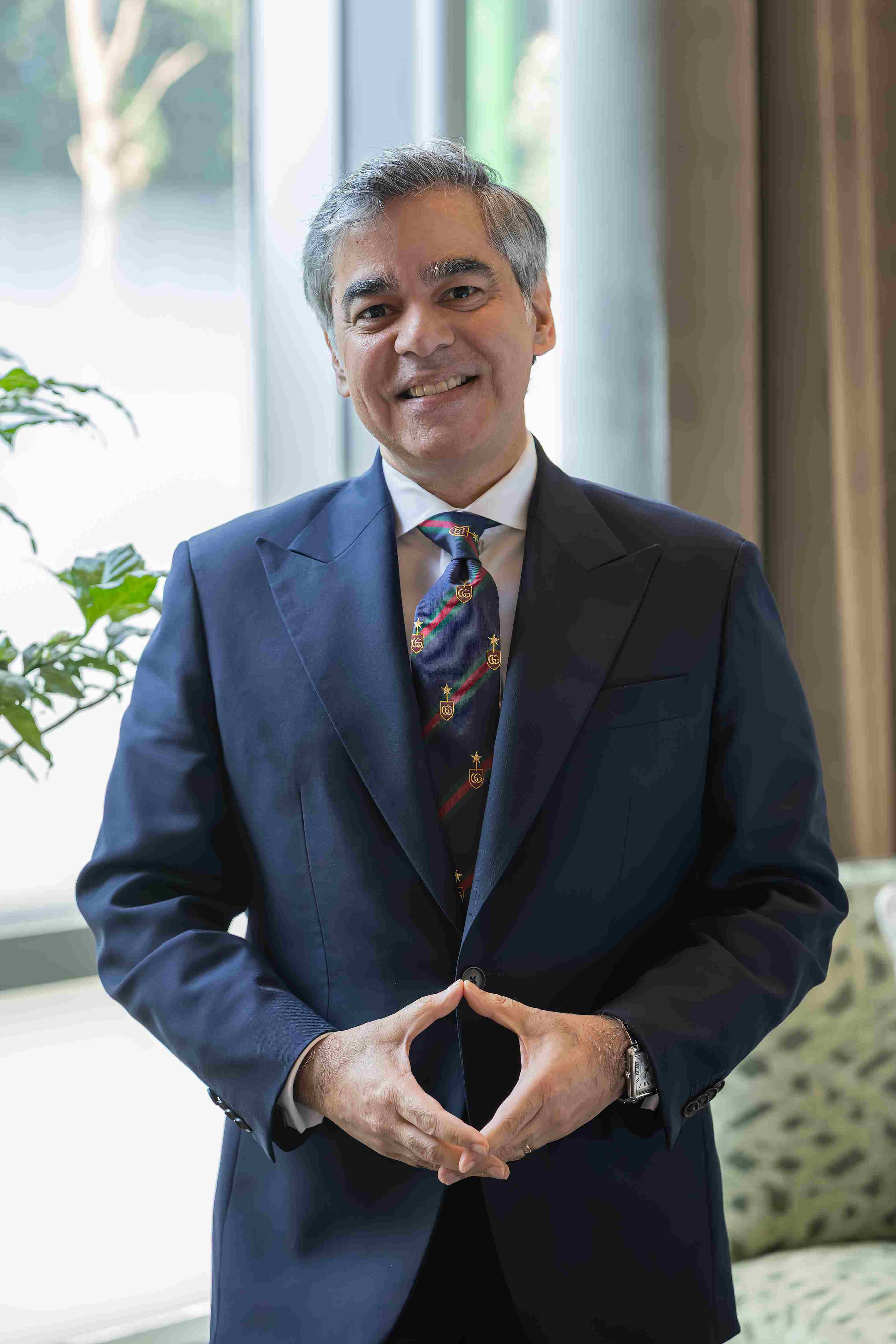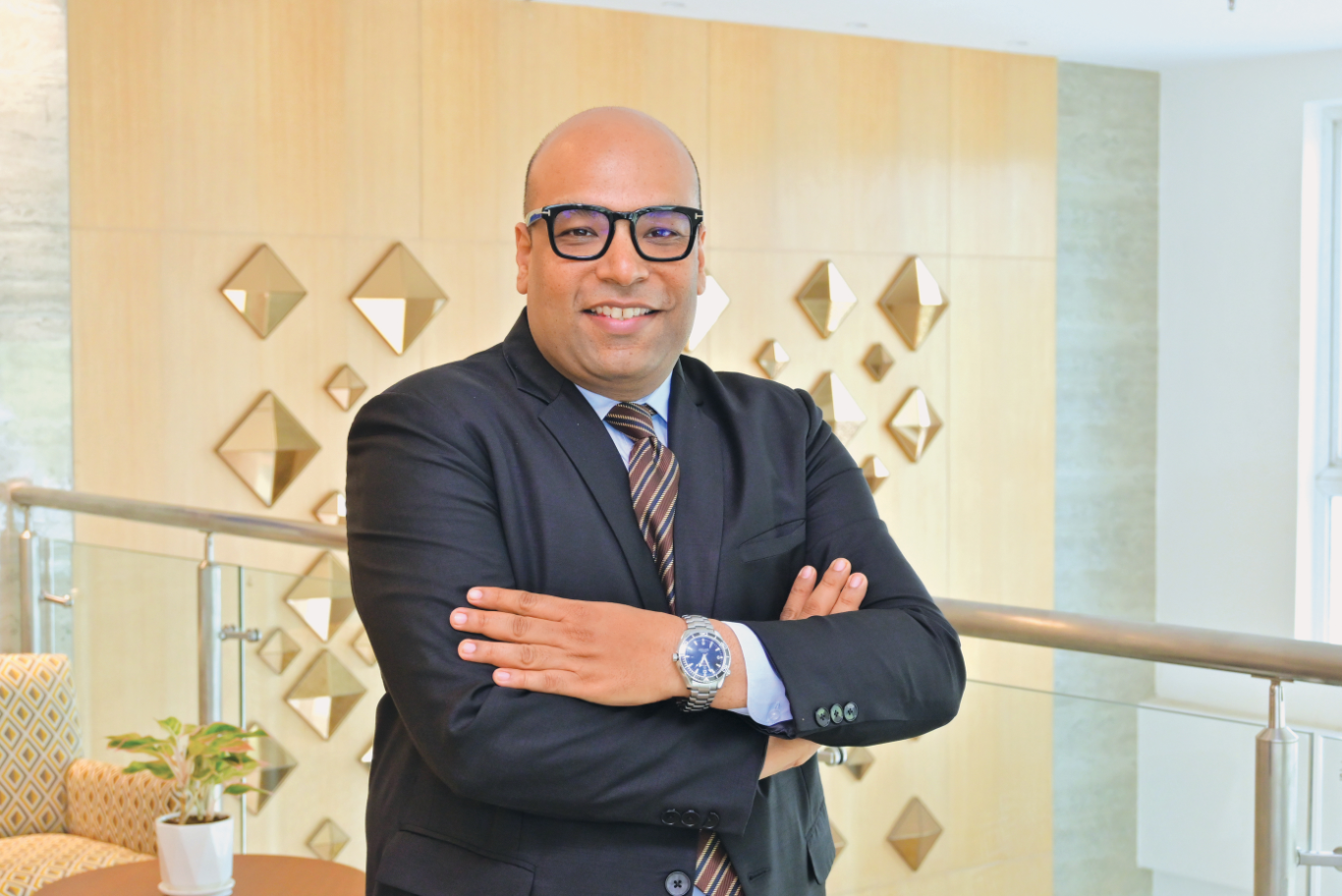The rapidly evolving competition structure in India’s aviation landscape is likely to give rise to a duopoly scenario with IndiGo and the combined Air India entity emerging as the dominant players in domestic market, says Manvi Hooda, Practice Lead, Consulting and Research, CAPA India.
With the privatisation of Air India, the industry is now heading towards a duopoly with two big players having 80 per cent market share. Other players have quite a small share among the remaining 20 per cent. While there is a possibility of a third major player/ consortium emerging, a lot is dependent on factors such as the financing ability of the players, fleet inductions (which in turn is dependent on OEM supply chains), and ability to handle periodic engines issues.
Akasa has had a good start with over two per cent market share and a fleet of 19 aircraft in less than one year since the launch of operations and has the potential to become a third big player with further consolidation or exit of some incumbent carriers.
Scenario post Air India-Vistara merger
The merger, along with the rapidly evolving competition structure in India’s aviation landscape, is likely to give rise to a duopoly scenario with IndiGo and the combined Air India entity emerging as the dominant players in domestic market. As the only Indian FSC, the combined entity would leverage each other’s strengths to gain product, cost, and operational efficiencies. With Vistara’s superior inflight product, customer centricity and processes complementing Air India’s substantial network and coveted slots in domestic and international airports, a world class product might get created that will enable it to compete effectively in domestic and international markets. Moreover, economies of scale and other operational synergies, might reduce unit-level operating cost for the entity, eventually translating into lower fares for passengers.
Critical assessment of RCS
The Regional Connectivity Scheme – UDAN aligns with India’s National Civil Aviation Policy (NCAP) 2016 and has a duration of 10 years, with a target of achieving total domestic ticket sales of 30 crore and 50 crore by 2022 and 2027 respectively. Despite falling short of the target in 2022 and the likelihood of missing the 2027 goal, the potential for growth under the scheme remains substantial.
The UDAN scheme has encountered some challenges including low utilisation of the awarded routes. However, as the scheme approaches its completion in 2026 and comes up for review, a critical assessment is needed to determine if the scheme indeed achieved its set objective along with the issues/ challenges such as utilization, and airline’s financial viability, that still exist despite of the scheme. In CAPA India’s view, India has a unique regional air connectivity framework with two policies, RCS and RDG, aiming to serve the same objective of regional air connectivity. An integrated and robust policy framework is required to achieve the connectivity objectives.
 TravTalk India Online Magazine
TravTalk India Online Magazine





